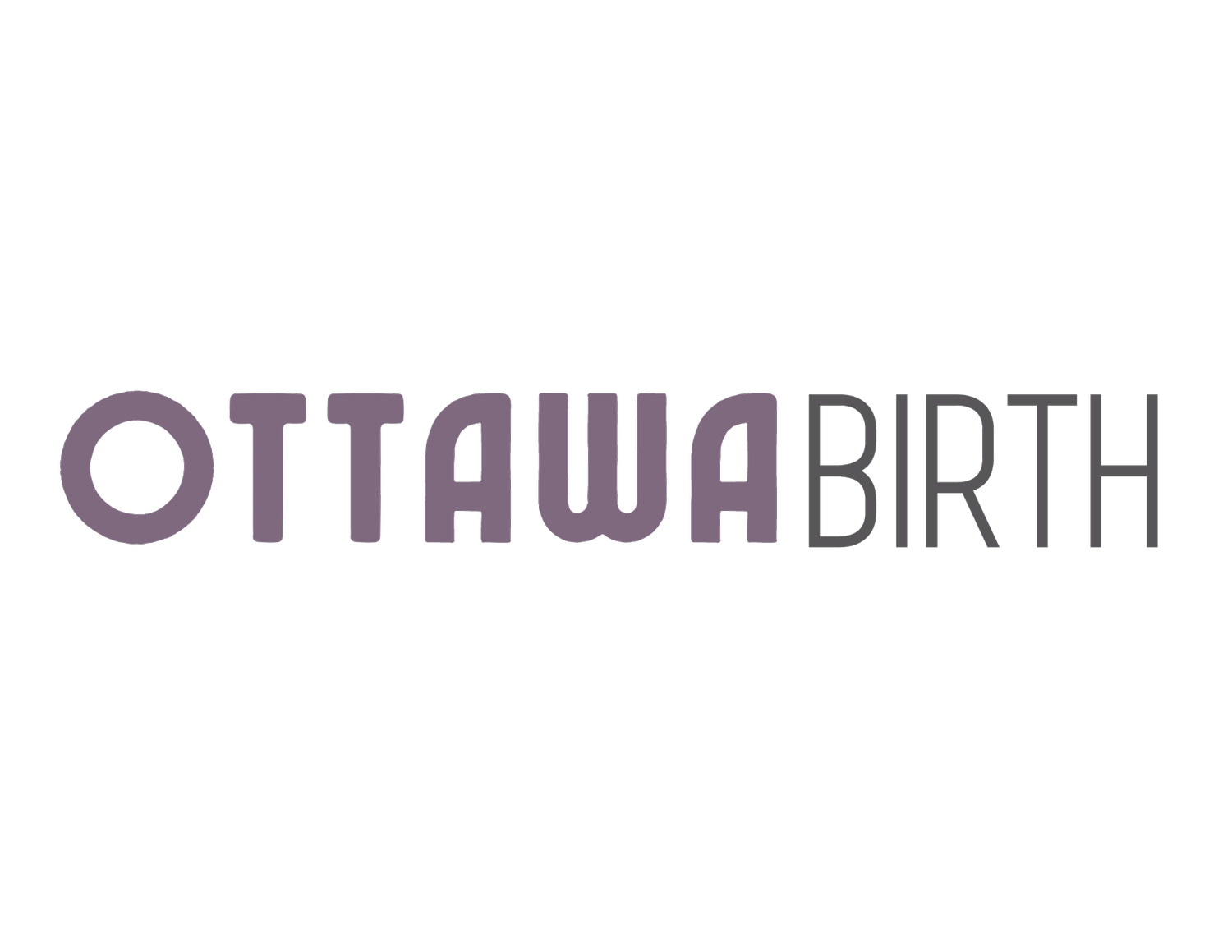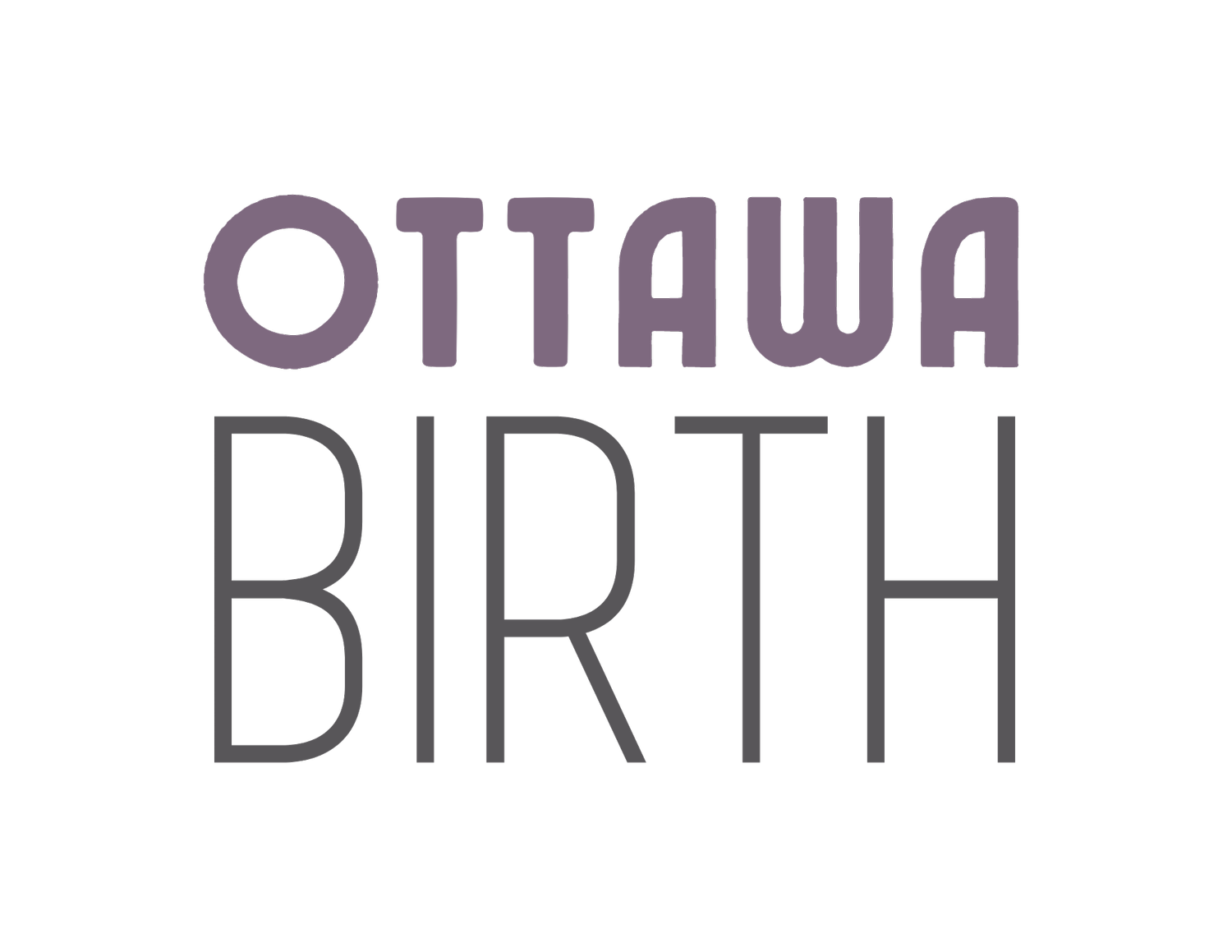Nitrous, Narcotics, Epidurals, and Spinals.
What are my pain relief options during labour and birth? This is something we get asked a lot! This blog post will provide an overview of each method so that you can make an informed decision about the type of pain relief you want during labour.
In Ontario, the most common methods are pain relief are:
narcotics
nitrous oxide
epidurals
spinal anesthesia (spinals)
Each method has its risks and benefits. It is important to understand what each one involves. There is no one size fits all option or best option, only what is best for you in your unique situation.
What are the different types of medical pain relief available for labouring women?
Nitrous Oxide
Nitrous oxide, more commonly known as laughing gas, is often used as pain relief during childbirth. It works by reducing the sensation of pain and helping the mother to feel more relaxed.
Benefits
relatively safe
easy to administer
no major side effects
can be quickly reversed, if necessary
Risks
dizziness
nausea
In rare cases, it may also cause drowsiness or even unconsciousness. For this reason, it is important to be closely monitored if you use nitrous oxide during labour.
Narcotics IV medication
Narcotic intravenous (IV) medications are often used during labour to help manage pain. These medications can be given through a pump or drip, and they work by crossing the blood-brain barrier to reduce pain signals. Narcotic IV medications are generally considered safe, but there are some potential risks to be aware of.
Benefits
relatively safe
effective
Risks
drowsiness
slowed breathing
decreased blood pressure
In addition, if the medication is given too close to delivery, it can affect the baby's Apgar score and, for this reason, may not be recommended to you once you are in active labour.
Epidural
Epidurals are often used during labor to help manage pain. They work by numbing the lower half of your body while still allowing you to be awake and aware. Epidurals can provide significant pain relief, allowing you to focus better on the task at hand: giving birth. There is a small catheter that is inserted into your back, and it provides you with medication at predetermined intervals. Here in Ottawa, we use “patient-controlled epidurals,” which help allow you to be in more control of how “frozen” you are.
Benefits
relatively safe
effective
Risks
drop in blood pressure
decreased ability to push during childbirth
In rare cases, epidurals can also lead to headaches or nerve damage.
Spinal Anesthesia (Spinals)
Spinal anesthesia is a regional anesthetic technique that involves injecting anesthetic into the space around the spinal cord. This numbs the nerves that carry sensation from the lower parts of the body, providing pain relief during childbirth. This is what is most often used for cesarean sections.
Benefits
relatively safe
effective
Risks
drop in blood pressure, which can cause dizziness or fainting
There is also a small risk of nerve damage or infection. However, these complications are rare, and most women who have spinal anesthesia during childbirth report feeling little or no pain during the delivery.
How do you know which pain relief is right for you during labour?
Deciding which type of pain relief to use during labour can be daunting. However, you can keep a few things in mind that may help you make your decision.
First, consider your personal preferences. Are you someone who prefers natural methods, or are you open to using medication? If you opt for medication, what types are you willing to consider?
Second, consider the severity of your pain. You may not need more medication if your pain is manageable with nitrous oxide. However, an epidural may be a good option if your pain is severe.
Third, talk to your care provider about your options and ask for their recommendation since some medications are best used in certain circumstances, for example, in early labour or during cesareans. They can help you make an informed decision based on your individual needs and medical history.
Labour pain can be intense, but there are many ways to manage it. A Doula can help you with comfort measures during labour and provide other forms of support regardless of if you plan on using medication or not. Don’t wait any longer. Set up a consultation today!


